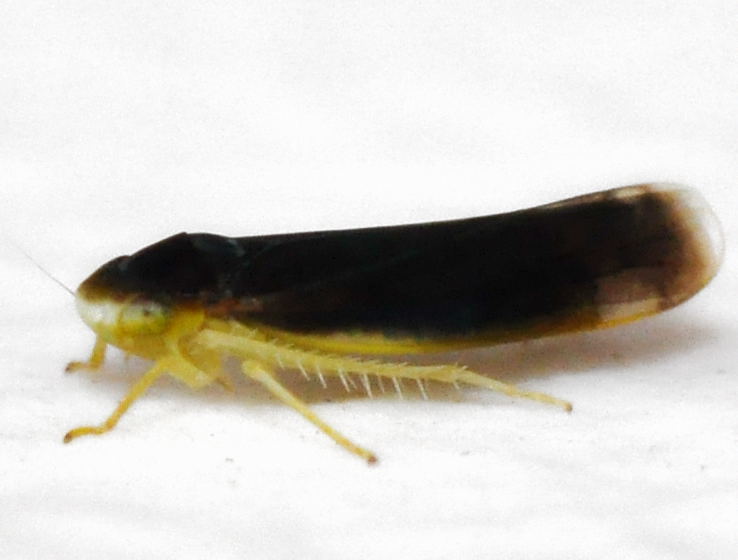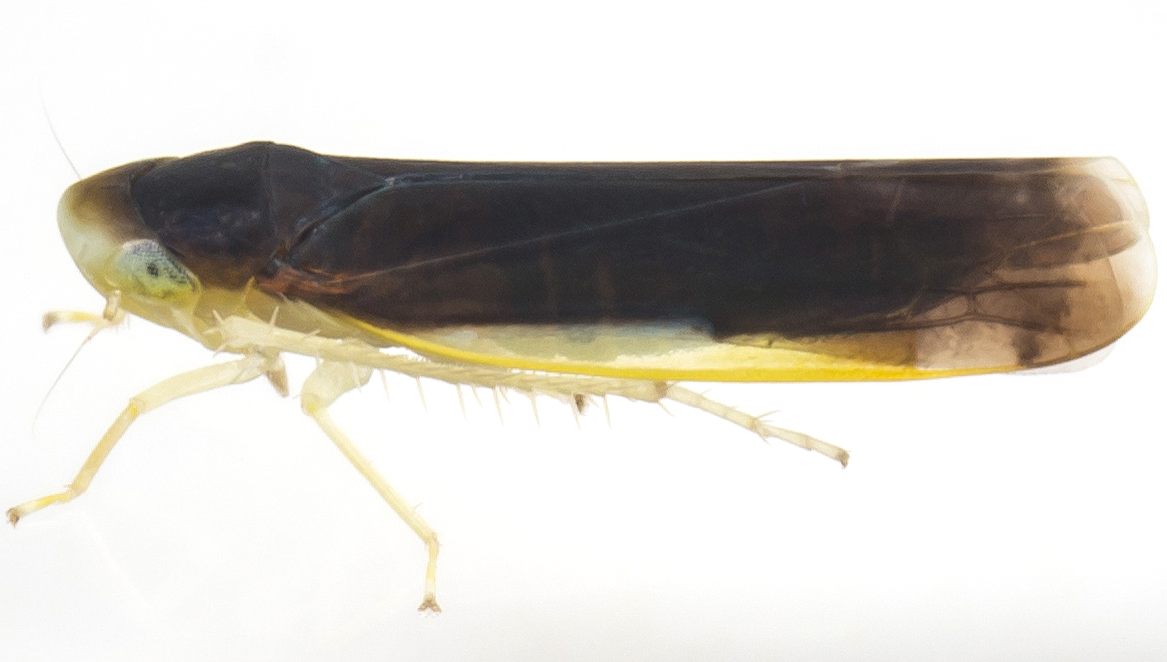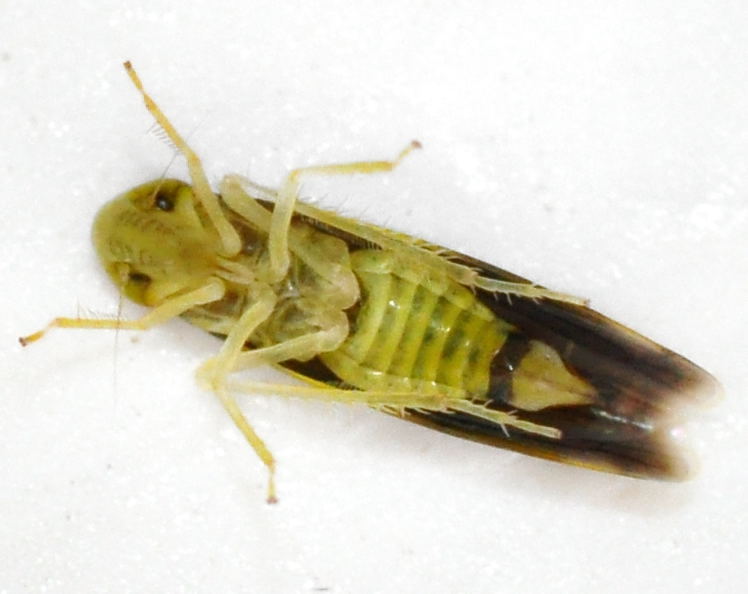|
|
|
|
Species Photo Gallery for Eupteryx nigra No Common Name 5 |
 | Photo by: Erich Hofmann
Bladen Co.
Comment: https://www.inaturalist.org/observations/64322650 |  | Photo by: John Rosenfeld
Out Of State Co.
Comment: |
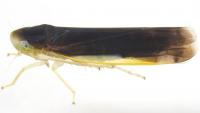 | Photo by: John Rosenfeld
Out Of State Co.
Comment: | 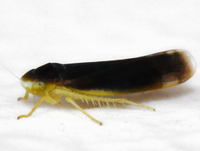 | Photo by: Kyle Kittelberger, Brian Bockhahn, Paul Scharf
Avery Co.
Comment: grassy, open area with shrubby vegetation and mixed forest nearby |
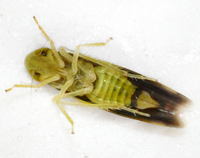 | Photo by: Kyle Kittelberger, Brian Bockhahn, Paul Scharf
Avery Co.
Comment: grassy, open area with shrubby vegetation and mixed forest nearby |

 »
»